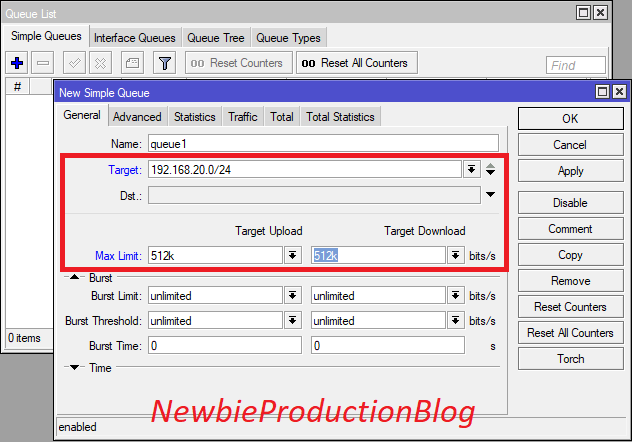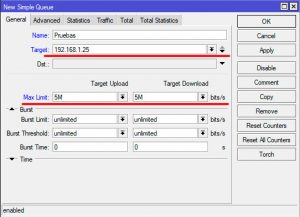

If we apply per router contentions, the first step is to define the router max. Then Splynx will create a tree design of queues, where tariff plan queues are always the Parent for client's queues: To successfully setup contentions, we need to change the Shaping type to "Simple Queue (with Tree)". The Simple queue type of shaping does not provide a way to put customers under one shared plan or to create contentions per router. If a FUP rule is applied, the queue speeds will be updated via API, automatically. Please note that API queuing only works with permanent/static IP address assignments:Īfter saving these settings, a simple queue for the customer will be added to the router: To create rules on the router, the router should be selected in the service of the customer. You can create an admin named API or with another name and assign the admin to a special access group for API login: When both things are enabled, it is necessary to create a special admin account for Splynx, which will be used for API login to routers and for making changes to the router. The Configuration is shown on the image below: To create a Simple queue rule we have to enable Shaping on the router in settings and set the Shaping type to "Simple queue". To set this up, Mikrotik API should be enabled on the router and in Splynx router settings. If you open the VoIP Traffic Simple Queue by double clicking the queue and go to the Traffic tab during an active call, the queue will present the bandwidth being used for the call.Queues for speed limitations on the Mikrotik RoutersOS can be created by Splynx using API. The Simple Queues are now created (when adding down, 500k + 1M = 1.5M, this needs to equal the application speed test results).

In the comment box enter in " Configure this rule with your Up/Dn speeds minus the bandwith you put for the VoIP rules." (this is to identify the rule).
#SETTING SIMPLE QUEUE MIKROTIK WINBOX DOWNLOAD#

#SETTING SIMPLE QUEUE MIKROTIK WINBOX PLUS#
Click on the Blue Plus Sign to add a new Simple Queue.In the comment box enter in " Mark VoIP Packets" (this is to identify the rule).In the comment box enter in " To VoIP Addr" (this is to identify the rule).

Enter in the Destination Address ( Dst.Click the Blue Plus Sign to add another rule.Enter in " From VoIP Addr" (this is to identify the rule).Click on Blue Plus Sign to add a Mangle rule.Mangle rules will be added that will mark the connection to and from our RTP proxy (192.92.8.0/27) and then mark those packets. How does the Mikrotik know the difference between voice and data traffic? Lastly, voice will be given the highest priority and data the lowest priority. The remaining bandwidth, which is 1000 KB or 1MB will be used for data. To find the stable speeds of the circuit, we recommend using an internet speed test, running it at least 3 times and using the average speed.įor the purposes of this knowledge article, we will assume that the speed test results for the circuit, which we will be using for service, has 1.5 MB down and 1.5 MB up (this is just an example, results will differ for each internet circuit).įor this example, we will be using five phones (we allocate 100 KB per phone) which means that we will want to reserve 500 KB for all phones. To configure QoS (Quality of Service) on a router successfully, you first need to know the speed that the internet circuit is consistently stable at. Posted by, Last modified by Albert Diaz on 13 September 2018 12:13 AM


 0 kommentar(er)
0 kommentar(er)
